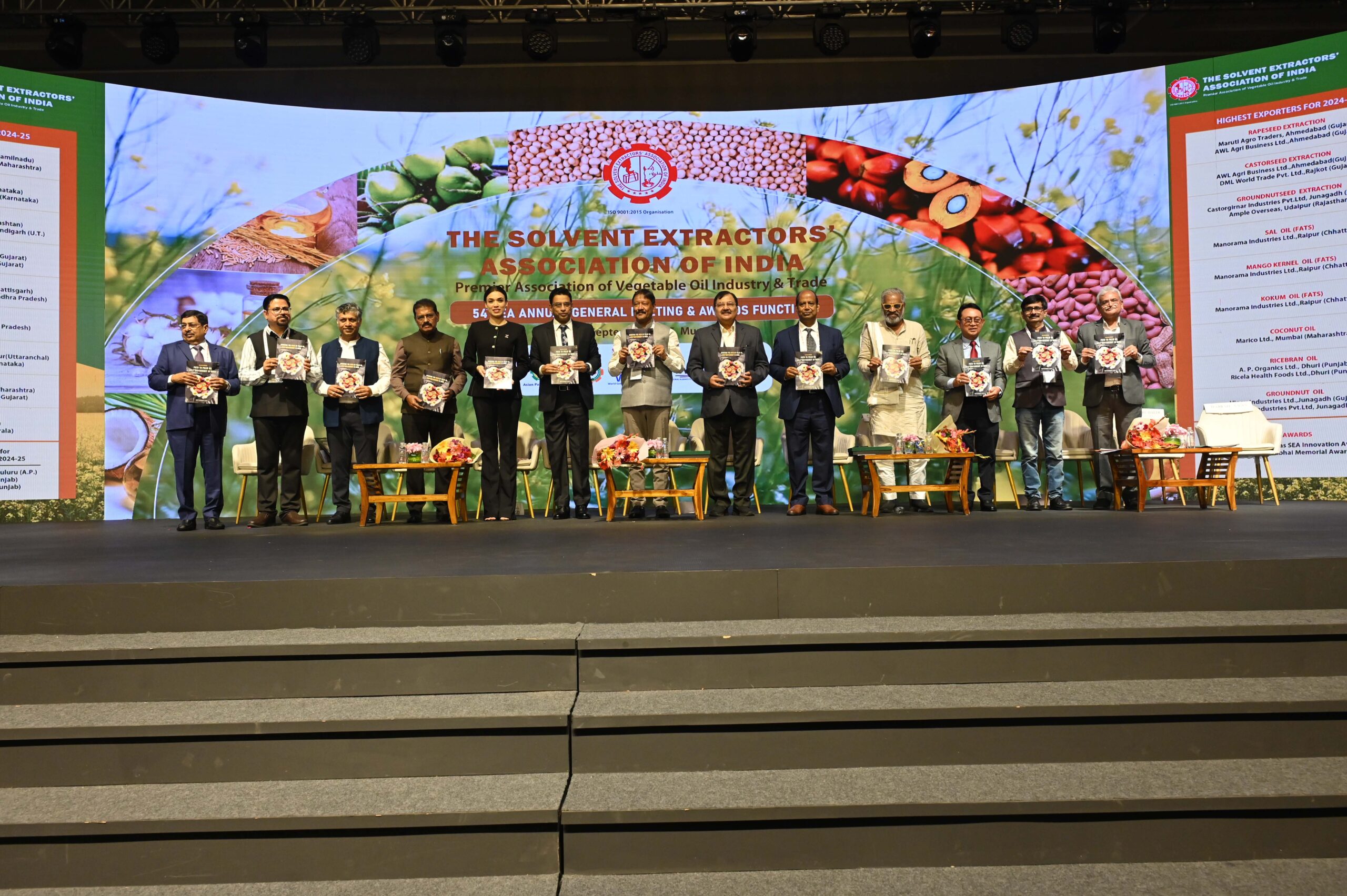New White Paper Charts India’s Path to Palm Oil Self-Sufficiency by 2047
Solidaridad Asia, in collaboration with the Solvent Extractors’ Association of India (SEA) and the Asian Palm Oil Alliance (APOA), has released a research-backed white paper titled “Path to Palm Oil Self-Sufficiency in India”. The paper outlines a comprehensive roadmap for India to reduce dependence on imports and achieve up to 50% self-sufficiency in palm oil by 2047.

With India currently importing nearly 9 million metric tonnes (mmt) of palm oil—21% of global imports—the white paper says of a potential 40 mmt supply gap by 2047 if domestic production lags behind growing demand. It highlights palm oil’s economic, environmental, and food security advantages, projecting an additional INR 15 trillion in output and nearly 7 lakh new jobs annually through an expanded value chain.
Key recommendations include targeting high-potential cultivation areas, repurposing low-return lands, boosting yields through better inputs and agronomy, strengthening infrastructure, and catalysing private sector partnerships. The study also calls for embedding the India Palm Oil Sustainability (IPOS) framework within NMEO-OP to ensure responsible, traceable, and regenerative production.
“India’s push for palm oil self-sufficiency is not just about economic resilience—it’s a bet on home-grown innovation that can transform rural livelihoods and secure food security for billions,” said Dr. Shatadru Chattopadhyay, Managing Director, Solidaridad Asia.
This landmark white paper positions palm oil as a climate-smart, economically viable, and socially inclusive crop, offering India a clear pathway to strengthen supply chains, reduce import dependency, and empower farmers.

